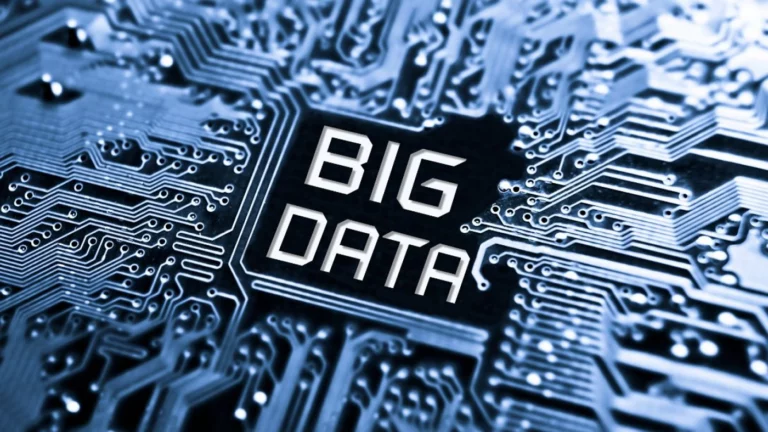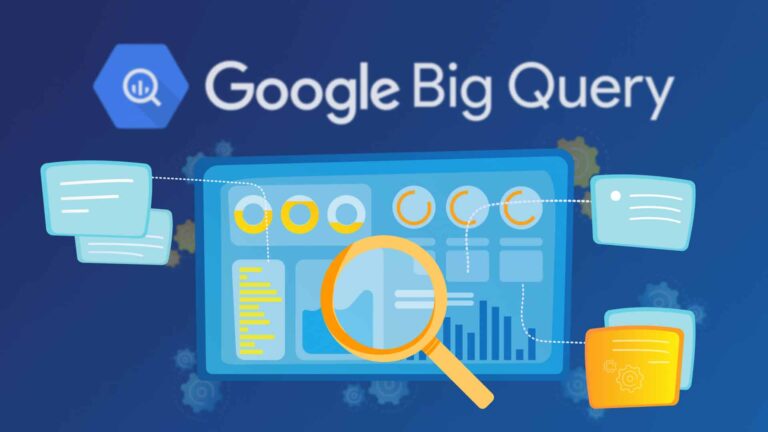Data Science: Unraveling the Power of Data
Data science has become increasingly important in our data-driven world. It is the foundation for interpreting and making sense of the vast information we generate. This comprehensive article provides an in-depth exploration of data science, from its definition and evolution to its wide range of applications across various domains. Whether you’re interested in business, healthcare, or social media, you’ll gain a deeper understanding of how data science is used to extract meaningful insights that help us make better decisions and improve our lives.
Understanding Data Science
Data science is a multidisciplinary field that involves the integration of various techniques and tools to extract insights and knowledge from data. It combines statistical analysis, machine learning, and domain expertise to identify patterns, trends, and relationships in complex data sets. The scope of data science encompasses the entire data lifecycle: from data collection and cleaning to data analysis, modeling, and interpretation.
It involves the application of advanced statistical and computational methods to transform raw data into actionable insights that can help organizations make data-driven decisions. The insights generated by data science can be applied across diverse sectors, including healthcare, finance, marketing, and many others, to improve performance, optimize processes, and drive innovation.
Big Data: Unveiling the Power of Data Analytics
Evolution of Data Science
Data science, as a field, has its roots in the early days of computing when statisticians and mathematicians first started using data to draw meaningful insights. The advent of technology, along with rapid data growth, has made data science the cornerstone of modern-day innovation. Today, data scientists use tools such as machine learning, data mining, and statistical modeling to analyze complex data sets and extract valuable insights that help businesses make informed decisions.
Foundations of Data Science
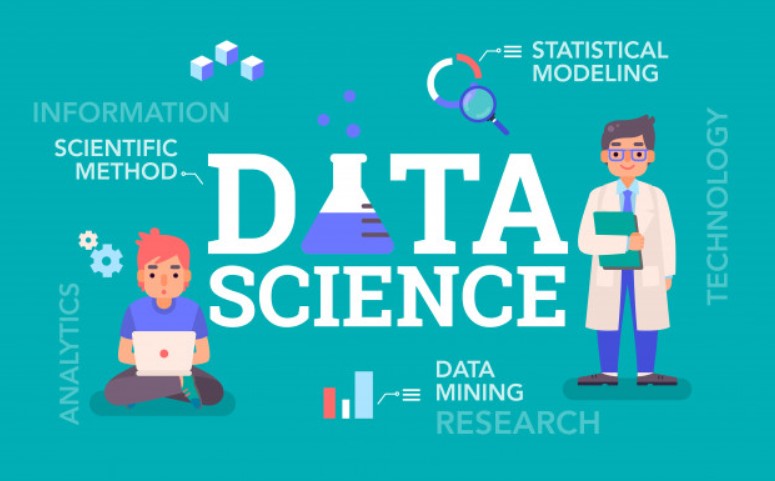
Data Acquisition
Data acquisition is a crucial process in data science that involves gathering data from diverse sources such as databases, APIs, sensors, and web scraping. The primary objective of data acquisition is to identify and extract relevant datasets that align with the objectives of a data science project. Careful consideration must be given to the methods used to extract the data to ensure the accuracy and quality of the datasets.
Data Preparation
Data preparation is a crucial step in the data analysis process, which involves cleaning, preprocessing, and transforming raw data into a structured format that can be easily analyzed. It plays a critical role in ensuring the accuracy and reliability of data analysis results. The process of data preparation involves various tasks, such as handling missing values, removing outliers, and standardizing data across different sources. These tasks are essential to make the data consistent and suitable for analysis, enabling the data analyst to draw meaningful insights and make informed decisions based on the data.
Exploratory Data Analysis (EDA)
Exploratory Data Analysis (EDA) is an essential step in the data analysis process that aims to uncover the inherent structure of the data. It involves using various techniques, such as descriptive statistics and data visualization tools like histograms, scatter plots, and box plots, to examine data patterns and distributions. By doing so, EDA helps identify trends, patterns, and anomalies in the data that may be useful in making informed decisions.
Machine Learning Basics
Machine learning is a critical aspect of data science that empowers computers to learn from data and make informed predictions or decisions without the need for explicit programming. This technique involves three fundamental learning paradigms, namely supervised, unsupervised, and semi-supervised learning, which serve different purposes. By leveraging these paradigms, machine learning enables us to create intelligent systems that can learn from and adapt to new data, making it a vital tool for solving a wide range of real-world problems.
Advanced Machine Learning Techniques
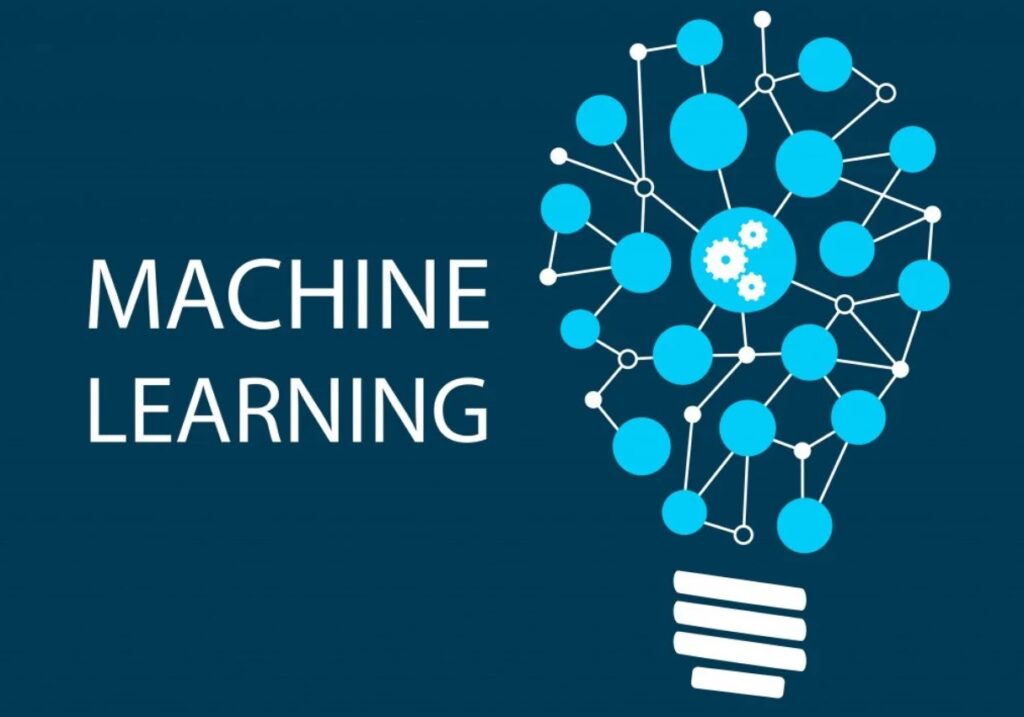
Deep Learning
Deep learning is a specialized area of machine learning that utilizes artificial neural networks to analyze intricate data inputs. Convolutional neural networks (CNNs) and recurrent neural networks (RNNs) are some of the most popular architectures that are adept at tasks such as natural language processing and image recognition.
Ensemble Methods
Ensemble methods are machine learning techniques that can significantly improve predictive performance. By combining multiple models, such as random forests and gradient boosting, ensemble methods can mitigate individual model weaknesses and enhance overall accuracy. These methods assemble diverse models to achieve a more robust and reliable prediction.
Webflow Tutorials: Mastering Website Design Without Code
Data Mining and Pattern Recognition
Data mining is a process of analyzing large datasets to uncover hidden patterns and relationships that can be used to make informed decisions. This involves the application of various techniques like association rule learning and clustering algorithms, which enable the identification of patterns and segmentation of data for further analysis. By leveraging data mining, businesses can gain valuable insights that allow them to optimize their operations, improve customer satisfaction, and increase profitability.
Big Data and Distributed Computing
As the amount of data generated by businesses and individuals continues to grow exponentially, the need for effective computing frameworks capable of handling and analyzing vast amounts of information has become increasingly important. Thanks to cutting-edge technologies like Hadoop and Spark, distributed computing has become a viable solution for organizations looking to tackle big data challenges efficiently. By enabling data processing and analysis across multiple machines, these frameworks have revolutionized the way that businesses approach big data, providing more scalable, reliable, and cost-effective solutions than ever before.
Data Visualization and Interpretation
Data visualization is a crucial aspect of making data-driven decisions. It helps in interpreting complex data sets and presenting them in a clear and easy-to-understand format. Interactive visualization tools offer an immersive experience to users, allowing them to explore and interact with data dynamically. This, in turn, helps in identifying patterns, trends, and outliers that may not be apparent at first glance. With the power of visual storytelling, data visualization enables stakeholders to make informed decisions and take appropriate actions based on the insights obtained.
Predictive Analytics and Forecasting
Predictive analytics is a powerful tool that leverages past data to predict upcoming trends, behaviors, or outcomes. By using techniques like regression analysis and time series forecasting, businesses can make informed decisions to prepare for market demands, optimize operational efficiency, and mitigate potential risks. With the ability to anticipate future scenarios, organizations can stay ahead of the curve and gain a competitive edge in today’s fast-paced business landscape.
Natural Language Processing (NLP)
Natural Language Processing (NLP) is an interdisciplinary field of computer science and linguistics that focuses on the interaction between computers and human language. NLP enables machines to understand, interpret, and generate human-readable text, thus facilitating the communication between humans and computers. Some common applications of NLP include sentiment analysis, named entity recognition, and machine translation. Sentiment analysis helps in determining the emotional tone of a piece of text, while named entity recognition identifies and categorizes entities such as names, organizations, and locations. These applications have significant implications in various fields, such as customer service, healthcare, and marketing.
Data Ethics and Privacy
The rapid growth of data science has brought forth a host of ethical concerns relating to data usage, privacy, and bias. It is of utmost importance to adhere to regulations such as GDPR and CCPA to ensure that data is handled responsibly and to avoid any ethical dilemmas that may arise. By doing so, we can mitigate the risks associated with data misuse and promote a trustworthy and secure data ecosystem.
Data Science Tools and Technologies
Data science involves a range of processes, from collecting and cleaning data to deploying predictive models. To perform these tasks efficiently, data scientists use a variety of tools and technologies. Some of the most popular tools used in data science include programming languages such as Python and R, as well as libraries like Pandas and NumPy. These tools enable data scientists to perform complex data analysis tasks and develop accurate predictive models.
Career Paths in Data Science
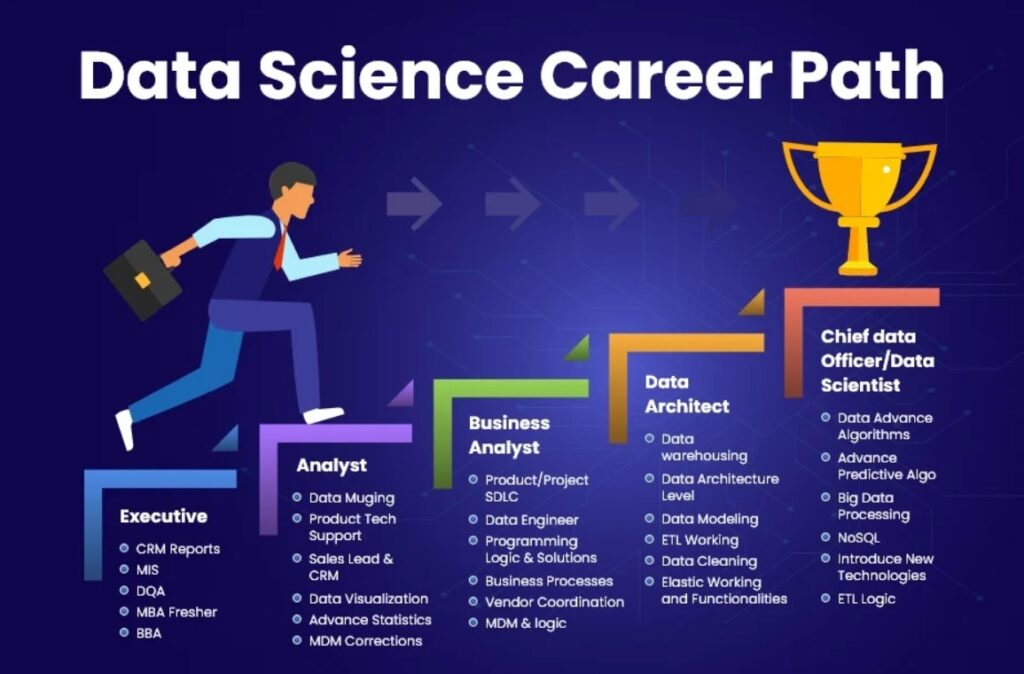
Data Scientist Role Overview
In today’s data-driven world, data scientists have become an indispensable part of many organizations. They are responsible for analyzing complex data sets and extracting valuable insights that can help companies make informed decisions. With their technical expertise, domain knowledge, and business acumen, data scientists are capable of solving complex problems and driving strategic initiatives that can positively impact an organization’s bottom line. Their contributions are crucial in identifying patterns, trends, and valuable insights that can inform critical business decisions, making them a valuable asset to any organization that relies on data.
Career Opportunities
In today’s world, data science has become an indispensable field that offers a plethora of exciting career opportunities in various industry verticals such as healthcare, finance, retail, and technology. With the ever-increasing amount of data generated by businesses, the demand for skilled data scientists is constantly on the rise, making it a highly sought-after profession with plenty of job prospects and tremendous potential for career growth. As a data scientist, you can explore and analyze data to derive meaningful insights and patterns that can help businesses make informed decisions and gain a competitive edge in the market.
Challenges and Future Trends
Current Challenges in Data Science
In the field of data science, there are several issues that need to be addressed, such as maintaining the quality of data, governing the data effectively, and ensuring the interpretability of machine learning models. These challenges play a crucial role in assuring the dependability and credibility of data-driven insights. Therefore, it is imperative to overcome these challenges to ensure that data science continues to provide valuable insights that can be trusted.
Future Trends and Innovations
As we look toward the future, the merging of artificial intelligence, edge computing, and the Internet of Things (IoT) is expected to revolutionize the field of data science. These innovative technologies hold the potential to unlock a whole new world of opportunities in data analysis, enabling faster and more accurate decision-making, driving innovation, and paving the way for unparalleled progress and growth. This convergence is set to transform the way we approach data and its analysis, opening up new horizons and possibilities for businesses and individuals alike.
Conclusion
Data science is a powerful tool that can help organizations extract actionable insights and drive innovation across industries. By harnessing the power of data, organizations can gain a competitive edge, foster growth, and unlock new opportunities in an increasingly data-driven world. To fully leverage the potential of data science, organizations must embrace continuous learning and adaptation to stay ahead in the ever-evolving digital landscape.

